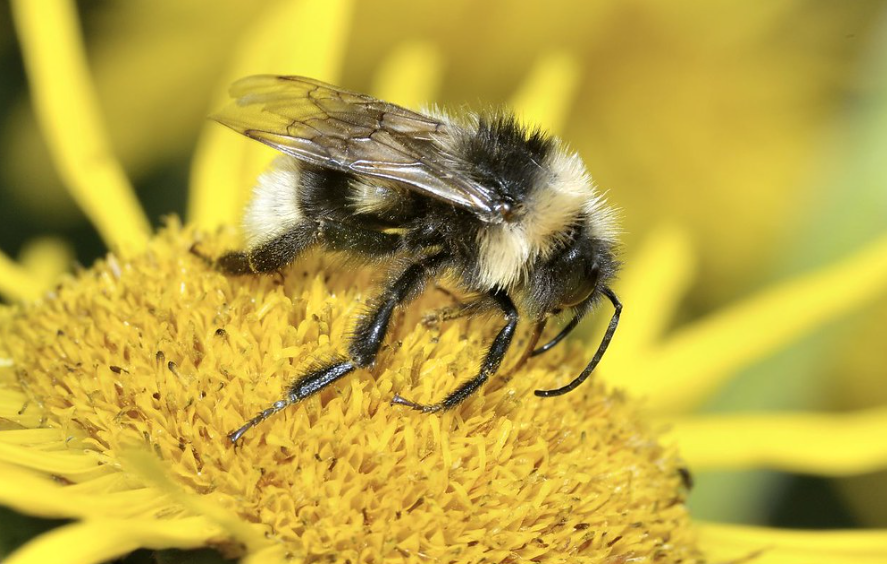
Physical Characteristics and unique coloration facts about African Penguins
The African penguin, sometimes referred to as the black-footed penguin, is an amazing animal that is indigenous to the southern African coast. The distinctive black and white plumage of these captivating birds, together with a black horseshoe-shaped band and a black stripe running across their breasts, make them easy to identify. They can glide elegantly through the water because of their tiny, stubby wings and the pink glands behind their eyes that help them control their body temperature.
Natural habitat of African Penguins, which includes coastal areas and islands of Africa
The sea habitat of African penguins has greatly adapted to them. Their swimming prowess allows them to chase fish, squid, and crustaceans at up to 20 miles per hour. Their webbed feet and streamlined bodies allow them to be efficient and nimble in the water. Remarkably, they have an unusual form of hunting known as “porpoising,” in which they jump out of the water to capture prey that is floating near the surface.
Monogamous relationships and the formation of breeding colonies
Being gregarious animals, these penguins reside in enormous colonies that often number in the thousands. They use a variety of behaviours, including vocalisations and body language, to interact with one another and have a strong sense of community. Additionally well-known for their lifelong monogamous partnerships are African penguin couples. They use stones and guano (bird droppings) to construct their nests, and both parents alternately incubate the eggs and tend to the babies.
Threats and Conservation Status facts about African Penguins
Due to a number of concerns, such as habitat loss, overfishing, pollution, and climate change, African penguins are regrettably listed as an endangered species. For these extraordinary birds to survive and maintain their special niche in the African ecology, conservation measures are essential. A rare and intriguing species, African penguins, also called black-footed penguins, live along southern Africa’s coasts. Fascinating facts about African penguins are:
1. Native to the southern African continent
The only penguin species that reproduces on the African continent is the African penguin. Their greatest colonies are situated on islands like Robben Island and Dassen Island, and they may be found throughout Namibia’s and South Africa’s coastline.
2. Unique coloration, with a black back and white belly
Black stripes run the length of their chests, and a black horseshoe-shaped pattern covers their backs, giving African penguins a unique black and white colouring. Their body temperature is regulated by the pink glands located over their eyelids. It is easy to recognise them because of their distinctive markings.
3. Behaviour and social dynamics of southern African continent
Living in enormous colonies that can number in the thousands, African penguins are gregarious creatures. Their vocalisations vary, and they use donkey-like braying, trumpeting, and braying cries to communicate with one another.
4. Streamlined bodies and flipper-like wings, which enable them to swim swiftly
For their life in the water, these penguins have excellent adaptations. They are able to swim up to 20 miles per hour because of their powerful flippers, webbed feet, and sleek bodies. Their hunting period is mostly focused on squid, fish, and other tiny marine life.
5. Threats and Conservation Status due to Habitat Loss
Overfishing, pollution, and habitat destruction are just a few of the reasons why the African penguin population has been drastically dropping over the last century. Both their food supply and natural breeding grounds have been compromised. Their current status as an endangered species is a consequence of this.
6. Nesting and Incubating the eggs and raising the chicks
The nesting habits of African penguins set them apart from other species of penguins. They dig tunnels in the sand or on deposits of guano or bird droppings. With this nesting habit, they may better shield their eggs and young from inclement weather and predators.

7. Monogamous relationships and breeding behaviour of African Penguins
Strong pair connections and monogamy are typical of these penguins, who often mate for many breeding seasons with the same partner. Taking turns, both parents share the duties of incubating the eggs and nurturing the chicks.
8. Conservation initiatives aimed at safeguarding African Penguins
In an effort to preserve and replenish African penguin populations, several conservation groups and projects are underway. In order to lessen dangers like oil spills and fishing operations that affect their food supply, these initiatives include setting up protected areas, keeping an eye on breeding colonies, and putting policies in place.
9. Tourism and Education about African penguins
Visitors now go to see and learn about the unique species known as African penguins, which are a major attraction in their breeding colonies. Ethical travel may boost the regional economy and increase public awareness of the need for conservation.
10. Cultural or historical significance of the penguins in local communities
African penguins provide optimism for conservation efforts despite the difficulties they encounter. We can contribute to ensuring the survival of these amazing birds by increasing awareness, taking action to save their habitats, and ensuring sustainable fishing methods.
It should be noted that African penguins are a rare and threatened species that are vital to southern Africa’s coastal environments. They provide promise for the future and are an intriguing topic of research due to their unique appearance, social behaviour, and conservation concerns.


